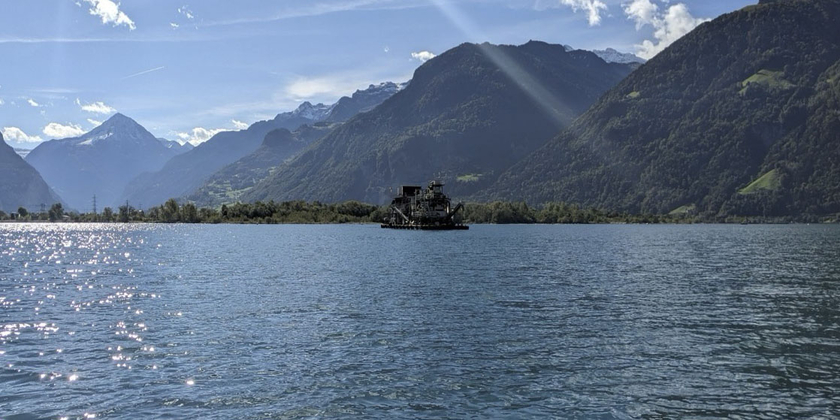Department Water Resources and Drinking Water
T-Rox: Arsenic release from excavated rocks

Excavated material from underground construction is Switzerland’s largest waste stream. This material must be reused to largest possible extent as construction material, or for lake restoration, recultivaton of gravel pits or landscaping. However, geogenically elevated contents of trace elements such as arsenic, chromium or nickel may complicate the safe reuse of excavated material in restoration and recultivation projects and pose risks to water resources quality. This project assesses the leaching of arsenic and other trace elements from extracted material through field and laboratory studies that address the following aspects:
- factors and processes controlling trace element release, including the grain size distribution and chemical-mineralogical composition of the excavated material and biogeochemical conditions at the deposition site
- fate of trace elements in the deposited material and the deposition environment
- options to mitigate risks associated with the reuse of excavated material.
The reuse of excavated material with geogenically elevated trace element contents will remain an important issue in densely populated regions like Switzerland. Robust scientific evidence is key to well-founded risk assessment and decision making and to ensure water resources quality.



